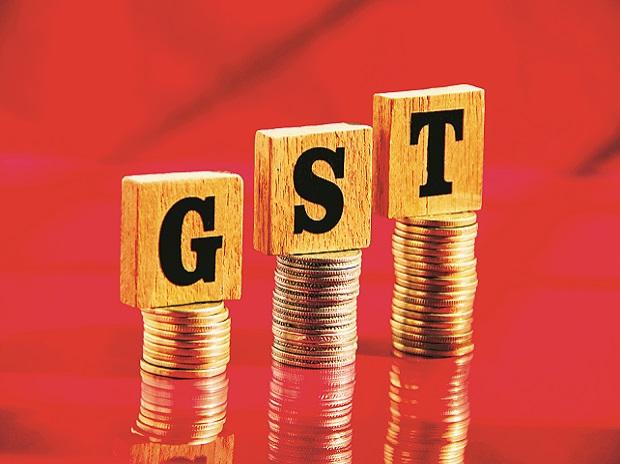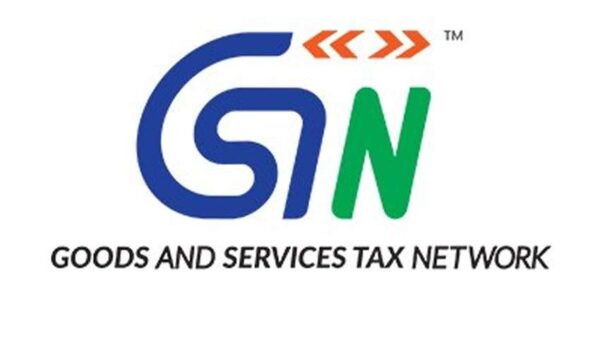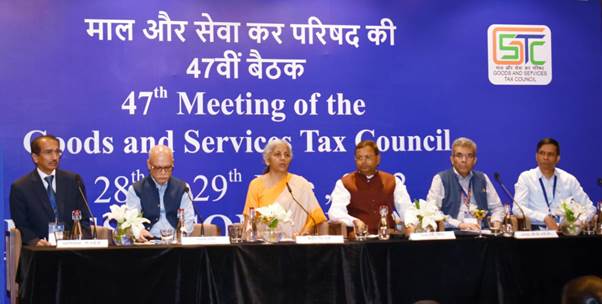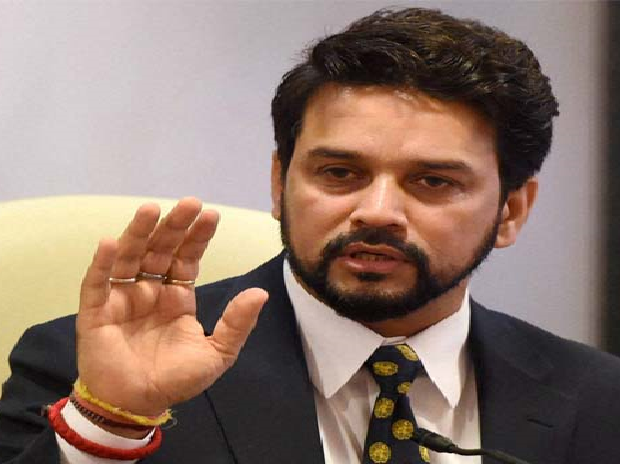The Finance Ministry said that the recent trend of high GST revenues has been a result of various policy and administrative measures that have been taken in the past to improve compliance.
Gross Goods and Services Tax (GST) revenue collections in November (for sales in October) rose 25.3 per cent year-on-year to Rs 1,31,526 crore. This is the second highest revenue collection under GST ever since its rollout in July 2017, and has two specific triggers: a pickup in economic activity alongside multiple compliance measures and increased surveillance undertaken by the tax authorities. These compliance measures include auto-population of returns, blocking of e-way bills and passing of input tax credit for non-filers taken by tax authorities for curbing evasion. GST collections at Rs 1,41,384 crore in April this year, accounting for year-end sales, are the highest level so far in the indirect tax regime.
How much are the GST collections?
Gross GST revenue collected in November is Rs 1,31,526 crore, out of which CGST — the tax levied on intra state supplies of both goods and services by the Central Government — is Rs 23,978 crore, SGST — the tax levied on intra state supplies of both goods and services by the states — is Rs 31,127 crore, IGST — tax levied on all inter-state supplies of goods and services — is Rs 66,815 crore (including Rs 32,165 crore collected on import of goods) and cess is Rs 9,606 crore (including Rs 653 crore collected on import of goods).
The government has settled Rs 27,273 crore to CGST and Rs 22,655 crore to SGST from IGST as regular settlement. The total revenue of Centre and the states after regular settlements in the month of November 2021 is Rs 51,251 crore for CGST and Rs 53,782 crore for the SGST. Centre has also released Rs 17,000 crore to States/UTs towards GST compensation on November 3.
What does the trend indicate?
GST revenues have picked up pace, posting 25.3 per cent year-on-year growth and 27 per cent growth over pre-pandemic period of 2019-20. The tax authorities are also taking stringent compliance measures to improve compliance.
The Finance Ministry said that the recent trend of high GST revenues has been a result of various policy and administrative measures that have been taken in the past to improve compliance. “Central tax enforcement agencies, along with the state counterparts have detected large tax evasion cases, mainly cases relating to fake invoices, with the help of various IT tools developed by GSTN that use the return, invoice and e-way bill data to find suspicious taxpayers,” it said.
“A large number of initiatives undertaken in the last one year like, enhancement of system capacity, nudging non-filers after last date of filing of returns, auto-population of returns, blocking of e-way bills and passing of input tax credit for non-filers has led to consistent improvement in the filing of returns over the last few months,” it added.
How has been the trend in recent months? What is the expected future trend?
Gross GST revenues have stayed above Rs 1.30 lakh crore mark for the second straight month. The revenues for November are 25 per cent higher than the GST revenues in the same month last year and 27 per cent over 2019-20. During the month, revenues from import of goods were 43 per cent higher and the revenues from domestic transactions (including import of services) were 20 per cent higher than the revenues from these sources during the same month last year.
For GST revenues collected in the respective regions, states such as Maharashtra posted a 24 per cent growth in GST revenues in November, Karnataka posted 31 per cent growth, Gujarat posted 26 per cent growth and Tamil Nadu posted 10 per cent growth.
Tax experts said the uptrend in GST revenues has come in line with economic recovery and a significant increase in surveillance activities by tax authorities. The rise in GST revenues is likely to help the government to surpass its Budget targets.
MS Mani, Partner, Deloitte India said, “The GST collection figures tie up with the economic growth figures reported recently and indicate that the collections have now stabilised at a level which will enable crossing the GST revenue targets for FY22. There has been a significant increase in the GST surveillance activities in recent times based on the data available with the GSTN; these would have also contributed to the increased collections, over and above the economic growth, which is the key driver of GST collections.”
Source: indianexpress.com
***
Subscribe to our portal and get FREE Tax e-books, quality articles and updates on your e-mail.
Resolve your GST queries from national level experts on GST free of cost.
TW Editorial Team comprises of team of experienced Chartered Accountants and Advocates devoted to spread the knowledge of GST amongst the various stakeholders.




